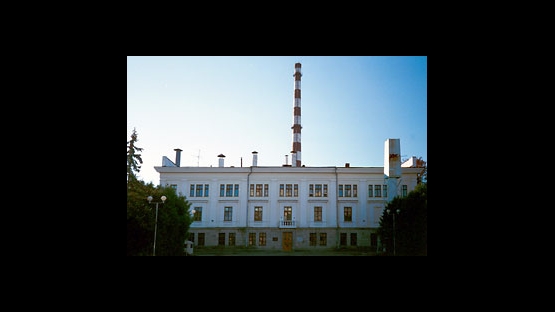Fifty years ago, at 5:30 pm, 26 June 1954, in the town of Obninsk, near Moscow in the former USSR, the first nuclear power plant was connected to an electricity grid to provide power to residences and businesses. Nuclear energy had crossed the divide from military uses to civilian applications.
To mark the milestone, an International Conference on Fifty Years of Nuclear Power - the Next Fifty Years will be held in Obninsk 27 June - 2 July 2004. Nuclear power´s past, present and future is on the agenda, as leaders and experts from industry, government and non-governmental organizations alike reflect on lessons learnt over the past five decades, and consider improvements to electricity supply in coming decades.
Nuclear generates about 16% of all electricity in the world, a position it has held since nuclear's share of the power market peaked in 1987. The conference is organized by the IAEA and hosted by the Government of the Russian Federation. Some topics to be discussed include:
- Operating experience, planned projects and requirements for future nuclear power growth;
- Non-electricity developments - such as using nuclear reactors to produce clean water by desalinating seawater;
- Public communication;
- Nuclear safety and security developments;
- Design and development of advanced nuclear systems;
- Nuclear energy and sustainable development; and
- Nuclear fuel cycle and waste management.
The IAEA will soon be releasing more detailed information on the conference and the changing future of nuclear energy. Please contact the IAEA Division of Public Information for details.
1939. Nuclear fission discovered.
1942. The world´s first nuclear chain reaction takes place in Chicago as part of the wartime Manhattan Project.
1945. The first nuclear weapons test at Alamagordo, New Mexico.
1951. Electricity was first generated from a nuclear reactor, from EBR-I (Experimental Breeder Reactor-I) at the National Reactor Testing Station in Idaho, USA. EBR-I produced about 100 kilowatts of electricity (kW(e)), enough to power the equipment in the small reactor building.
1954. The Obninsk reactor near Moscow, produces 5000 kW(e) or 5 megawatts (MW(e)), enough to power 2,000 homes. A typical nuclear power plant today is about 1000 MW(e), enough for 400,000 homes.
1970s. Nuclear power grows rapidly. From 1970 to 1975 growth averaged 30% per year, the same as wind power recently (1998-2001).
1987. Nuclear power now generates slightly more than 16% of all electricity in the world.
1980s. Nuclear expansion slows because of environmentalist opposition, high interest rates, energy conservation prompted by the 1973 and 1979 oil shocks, and the accidents at Three Mile Island (1979, USA) and Chernobyl (1986, Ukraine, USSR). The Three Mile Island accident was the first major accident at a civilian nuclear power station. It had no radiological effect on public health but increased opposition to nuclear power, and the large financial loss further discouraged new nuclear investment. The Chernobyl accident was much more severe. The accident broadened opposition to nuclear power and brought the USSR´s nuclear expansion to a halt.
2004. Nuclear power´s share of global electricity generation holds steady around 16% in the 17 years since 1987.


